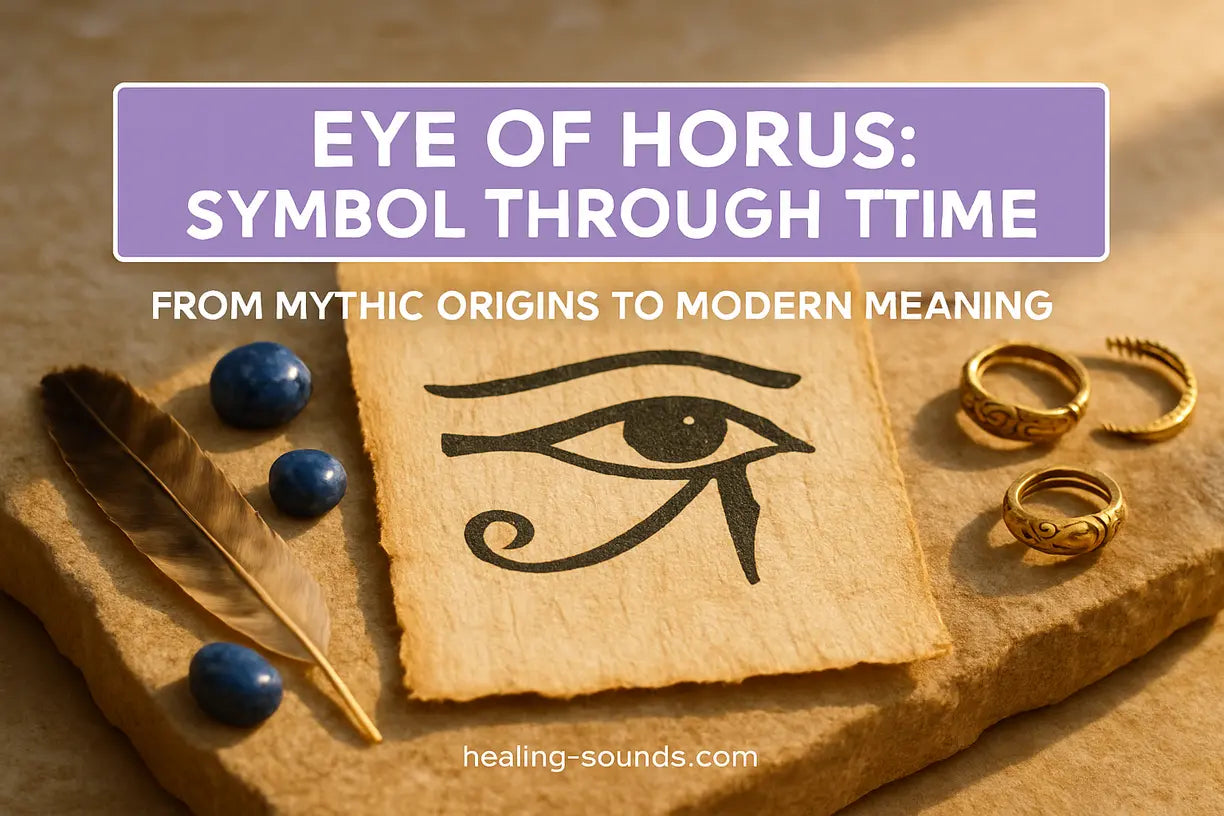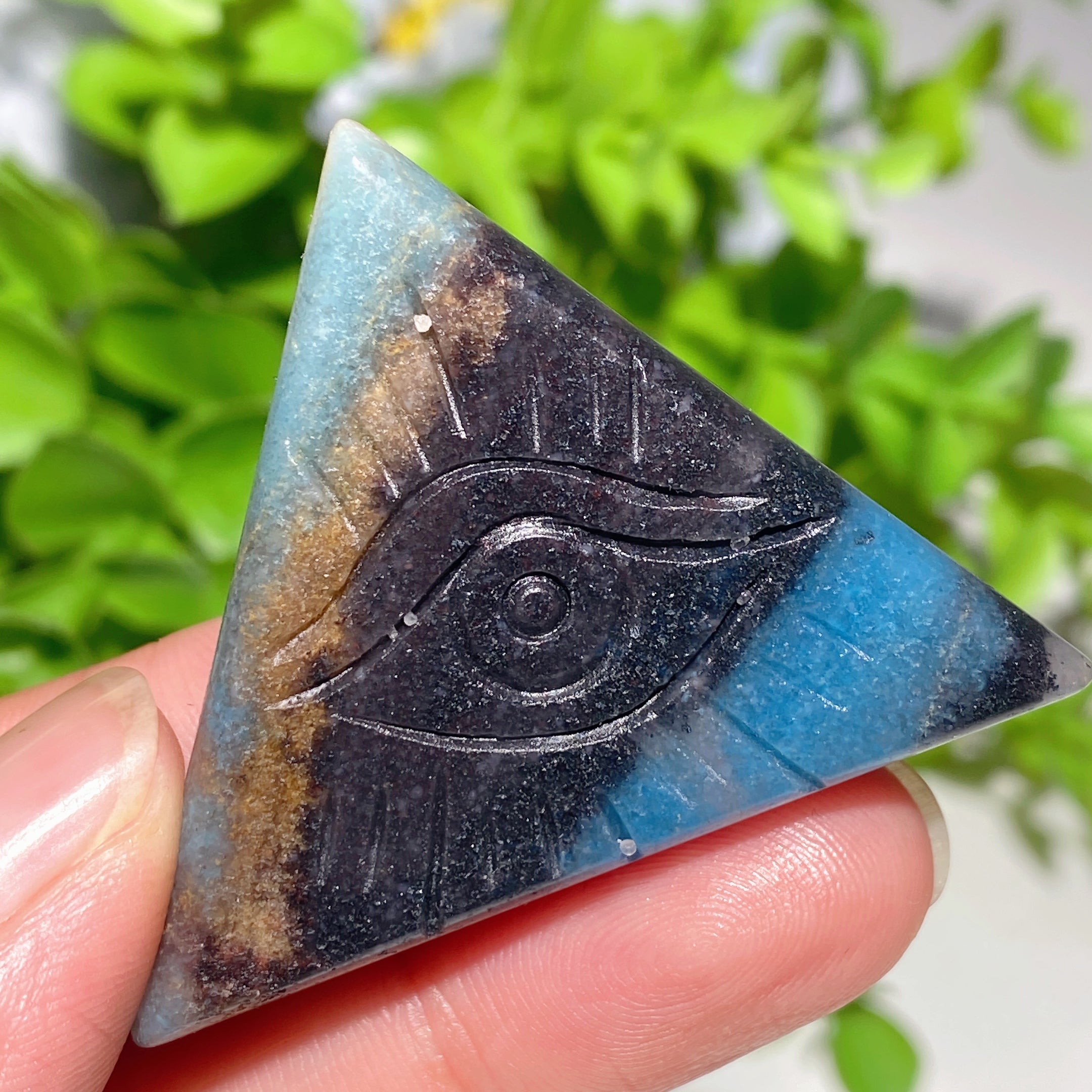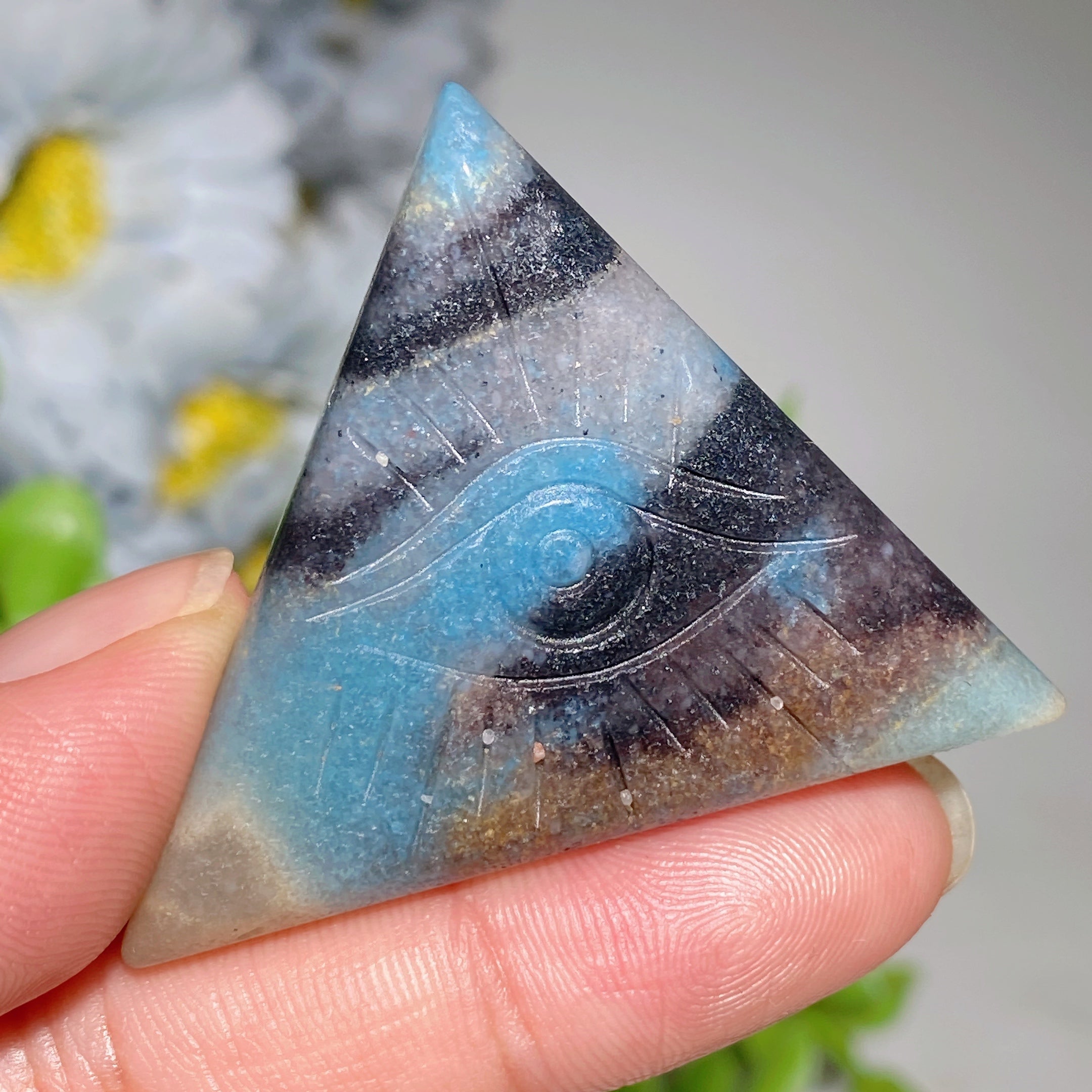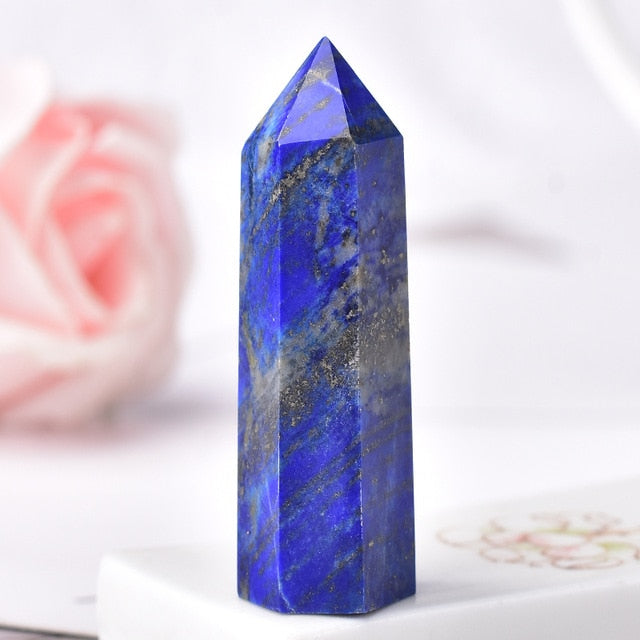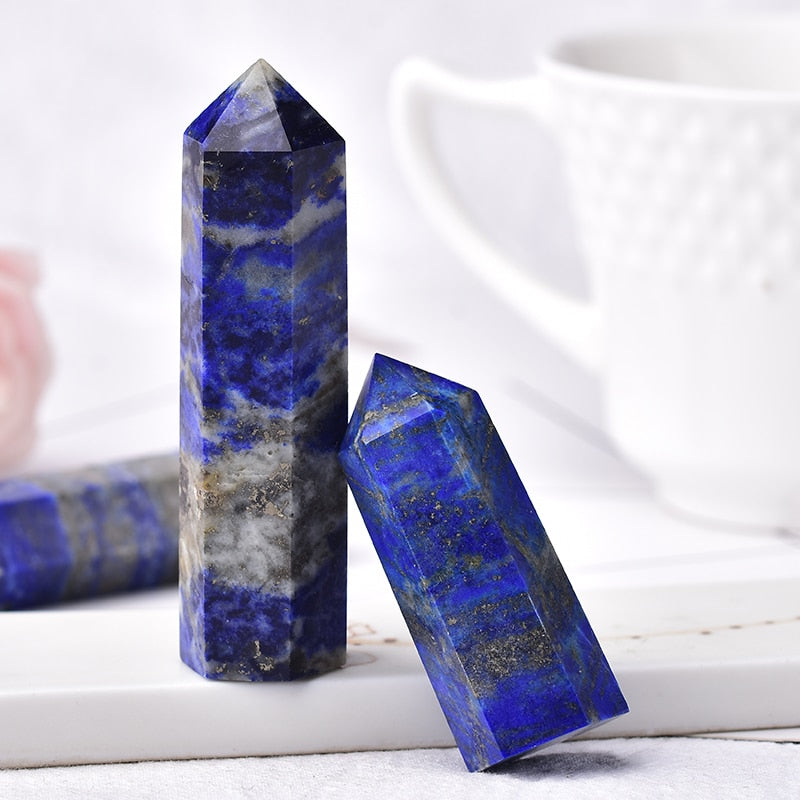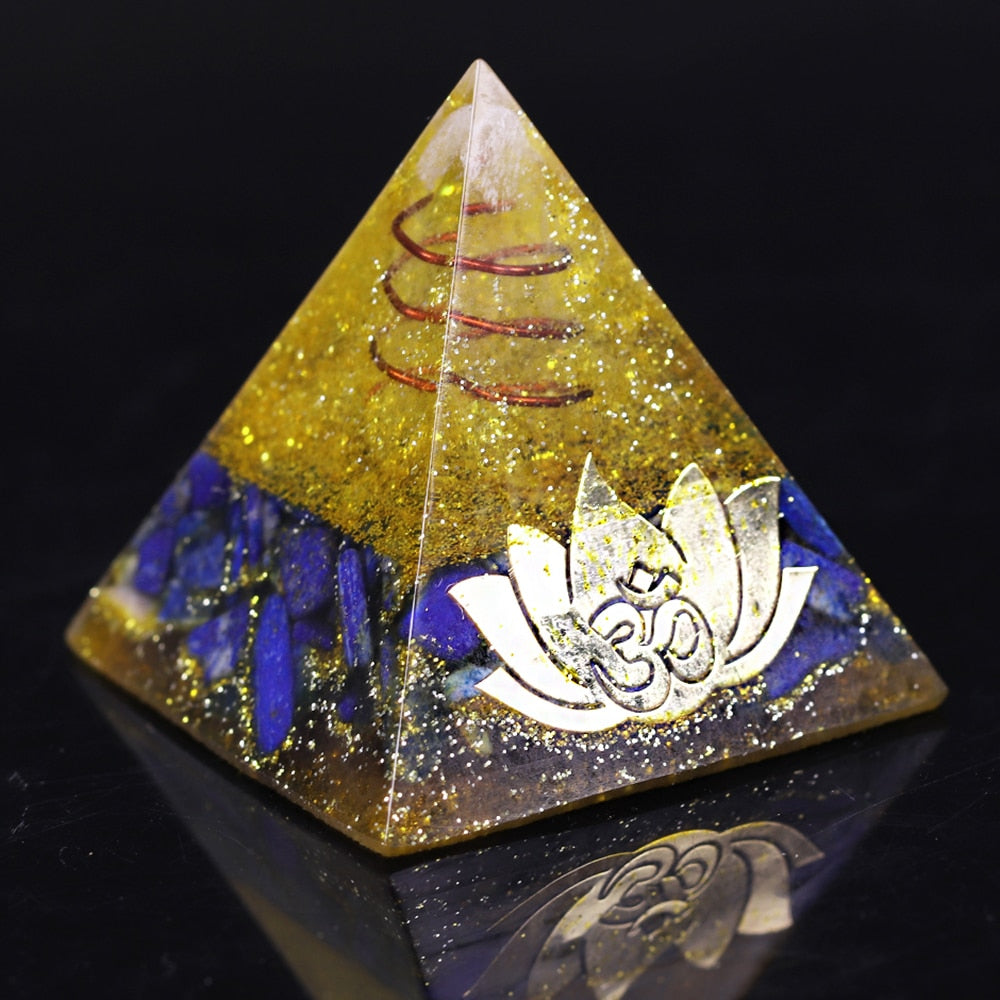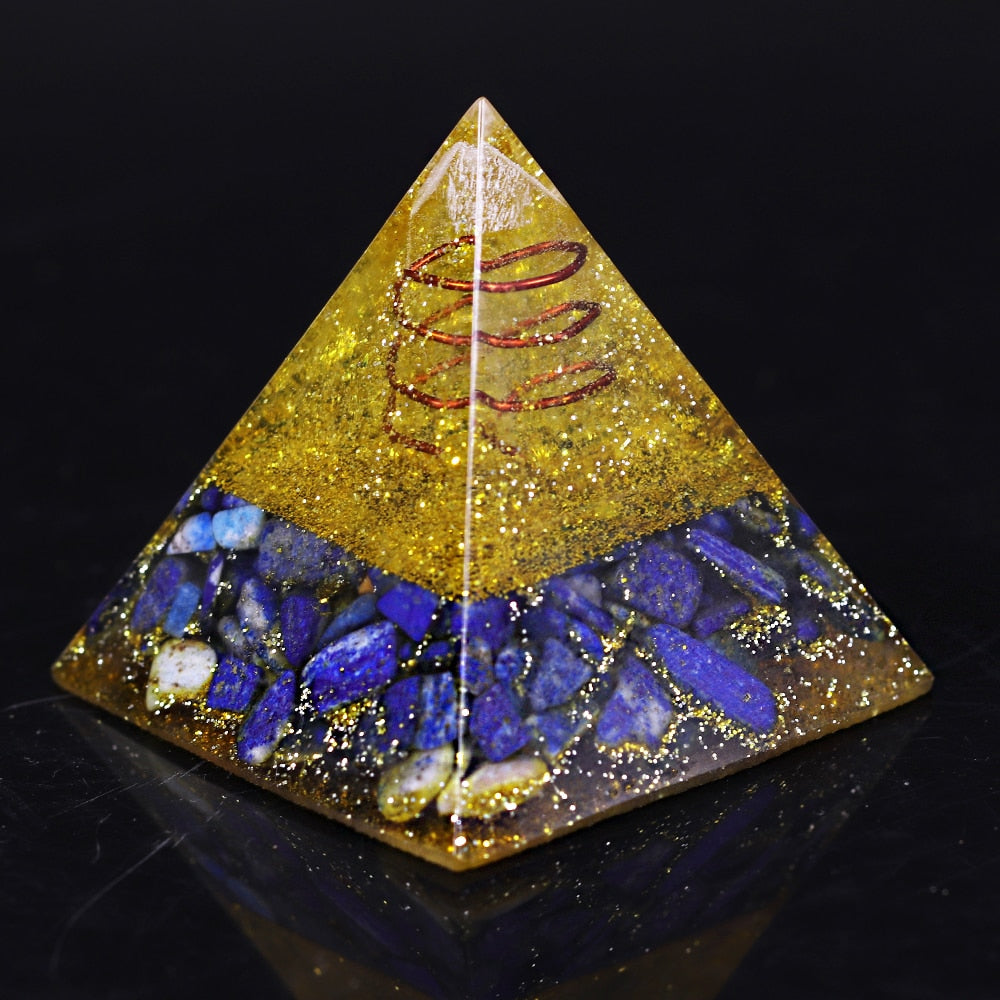Das Horusauge ist eines der eindrucksvollsten und beständigsten Symbole des alten Ägypten. Dieses ikonische Symbol, auch bekannt als Wedjat -Auge, ist in Grabmalereien zu sehen, in Amulette geschnitzt und auf Papyrus eingraviert. Es birgt tiefgründige Bedeutungen, die Historiker und spirituelle Suchende seit Jahrtausenden faszinieren. Es ist mehr als nur ein stilisiertes Auge; es ist eine kraftvolle Erzählung von Opfer, Heilung, göttlicher Wiederherstellung und Ganzheit.
Dieser Artikel taucht tief in das Herz des Horusauges ein und erforscht seine dramatischen mythologischen Ursprünge, die faszinierende mathematische und sensorische Symbolik hinter jedem seiner sechs Teile und seine Entwicklung vom antiken Schutzschild zum modernen Symbol spiritueller Erkenntnis und Wohlbefindens. Entdecken Sie die zeitlose Kraft dieses heiligen Symbols.
Der mythologische Ursprung: Eine Geschichte von Opfer und Wiederherstellung
Die Geschichte vom Auge des Horus ist tief mit einem der grundlegendsten Mythen des alten Ägypten verwoben: dem Konflikt zwischen Horus und seinem Onkel Set. Horus, der falkenköpfige Himmelsgott, wollte den Mord an seinem Vater Osiris rächen, der vom chaotischen Gott Set getötet und zerstückelt worden war. In einer Reihe epischer Schlachten um den ägyptischen Thron konfrontierte Horus Set direkt.
Bei einer wilden Begegnung riss Seth Horus das linke Auge heraus, zerriss es in sechs Stücke und verstreute sie über ganz Ägypten. Der Verlust seines Auges stellte einen Moment tiefer Verwundung und eine Störung der kosmischen Ordnung dar. Die Geschichte endete jedoch nicht in der Dunkelheit. Thot, der Gott der Weisheit, der Magie und des Mondes, griff ein. Mit seiner mächtigen Magie setzte er das zerbrochene Auge in mühevoller Kleinarbeit wieder zusammen und machte es wieder ganz. Dieses wiederhergestellte Auge, das Wedjat (oder Udjat ), was „ganz“ oder „vollständig“ bedeutet, bot Horus dann seinem verstorbenen Vater Osiris an, dessen Macht es in der Unterwelt wieder auferstehen ließ.
Diese kraftvolle Entstehungsgeschichte verleiht der Symbolik des Horusauges ihre Kernbedeutungen: Heilung von Verletzungen, Wiederherstellung nach Verlust, Opfer für ein höheres Wohl und unerschütterlicher Schutz vor zerstörerischen Kräften.

Dekonstruktion des Wedjat: Die sechs Teile des Horusauge-Symbols
Einer der faszinierendsten Aspekte des Horusauge-Symbols ist, dass es nicht nur eine Illustration, sondern ein komplexes Hieroglyphensystem ist, bei dem jeder Teil einen Bruchteil und einen der sechs menschlichen Sinne darstellt. Die alten Ägypter verwendeten diese Brüche als Maßsystem für Getreide und Medikamente. Die sechs Teile ergeben zusammen 63/64, wobei das fehlende 1/64 die magische Energie darstellen soll, mit der Thot das Auge vervollständigte.
- Die rechte Seite des Auges (1/2): Ist mit dem Geruchssinn verbunden. Es ist der Teil des Auges, der der Nase am nächsten ist.
- Die Pupille (1/4): Repräsentiert den Sehsinn , die direkteste Form der Wahrnehmung.
- Die Augenbraue (1/8): Symbolisiert die Kraft des Denkens und der geistigen Verarbeitung.
- Die linke Seite des Auges (1/16): Stellt den Hörsinn dar, da sie zum Ohr zeigt.
- Der gebogene Schwanz (1/32): Symbolisiert den Geschmackssinn und wird oft mit dem Sprießen eines Weizen- oder Getreidehalms aus dem Boden verglichen.
- Die Träne (1/64): Stellt den Tastsinn dar, symbolisiert durch einen in die Erde gepflanzten Stängel.
Diese komplexe Unterteilung unterstreicht den ägyptischen Glauben an ein ganzheitliches Universum, in dem Mathematik, Anatomie und Spiritualität miteinander verbunden sind. Das Symbol erinnerte daran, dass wahre Ganzheit die Integration aller unserer Sinne und Fähigkeiten erfordert.

Die historische Entwicklung und Verwendung des Symbols
Ausgehend von seinen mythologischen Wurzeln entwickelte sich das Auge des Horus zu einem der allgegenwärtigsten Schutzsymbole im alten Ägypten. Seine Verwendung erstreckte sich auf alle Gesellschaftsschichten, vom Pharao bis zum einfachen Bürger. Es wurde in Tempelwände gemeißelt, in Särge gemalt, um die Verstorbenen auf ihrer Reise ins Jenseits zu schützen, und, was am bekanntesten ist, als Amulette getragen.
Seeleute malten das Symbol auf den Bug ihrer Boote, um eine sichere Überfahrt zu gewährleisten, und Heiler nutzten es in medizinischen Praktiken, um seine heilende Wirkung anzurufen. Die berühmten Wedjat-Amulette , die oft aus Materialien wie Karneol, Fayence und Lapislazuli gefertigt wurden, sollten dem Träger Gesundheit, Weisheit und Schutz vor dem „bösen Blick“ und anderen unsichtbaren Gefahren verleihen.
Auge des Horus vs. Auge des Ra: Was ist der Unterschied?
Ein häufiger Punkt der Verwirrung ist die Unterscheidung zwischen dem Auge des Horus und dem Auge des Ra. Obwohl sie ähnlich aussehen, repräsentieren sie unterschiedliche Konzepte:
- Das Auge des Horus (linkes Auge) ist als Wedjat bekannt. Es symbolisiert den Mond, Heilung, Schutz und Wiederherstellung. Es ist der passive, empfängliche und weibliche Aspekt der Göttlichkeit.
- Das Auge des Ra (rechtes Auge) ist ein aggressiveres Symbol. Es repräsentiert die Sonne, göttlichen Zorn, Macht und proaktiven Schutz. Es ist der aktive, kraftvolle und männliche Aspekt, der verwendet wird, um die Feinde des Sonnengottes Ra zu besiegen.
1,5-1,9 Zoll Trolleit Auge des Horus Kristallschnitzerei
$12.90 $20.90
Verbinden Sie sich mit der Symbolik des alten Ägypten mithilfe dieses Horusauge-Kristalls, der für Klarheit und mystischen Schutz geschnitzt wurde.
Produkt entdeckenDie anhaltende Kraft des Horusauge-Symbols heute
Tausende Jahre nach dem Sturz der Pharaonen wirkt die spirituelle Bedeutung des Horusauges noch immer nach. Sein Erbe hat die antike Geschichte überdauert und einen festen Platz in moderner Spiritualität, Kunst und Mode gefunden. Heute wird es nicht nur als historisches Artefakt, sondern als lebendiges Symbol für Schutz, spirituelles Erwachen und innere Klarheit geschätzt.
Menschen tragen Schmuckstücke mit dem Auge des Horus – Halsketten, Ringe und Armbänder –, um seine uralten Schutzkräfte anzurufen und sich an ihre eigene Widerstandsfähigkeit und Heilkraft zu erinnern. In spirituellen Praktiken wird es als Meditationspunkt genutzt, um die Intuition (das „Dritte Auge“) zu stärken und ein Gefühl von Sicherheit und göttlichem Schutz zu vermitteln. Das Symbol dient als kraftvolle Verbindung zur Weisheit der Vergangenheit und erinnert uns daran, dass die Themen Kampf, Heilung und Wiederherstellung ein zeitloser Teil der menschlichen Erfahrung sind, wie es im Horus-Mythos beschrieben wird.

Nutzen Sie mit diesen Tools alte Weisheit
$29.99
$39.99
Lassen Sie sich von der Weisheit Ägyptens mit einem Lapislazuli-Turm inspirieren, der sich ideal zur Meditation und zum Suchen von Erkenntnissen eignet, die von Horus inspiriert sind. Mehr erfahren ➔
$49.99
$59.99
Verleihen Sie Ihrem Raum mit dieser Lapislazuli-Orgonpyramide energetischen Schutz und höheres Bewusstsein. Mehr erfahren ➔
Fazit: Der zeitlose Blick des Wedjat
Das Symbol des Horusauges ist weit mehr als eine uralte Kuriosität; es ist eine tiefgründige Karte des menschlichen Bewusstseins und ein Zeugnis der Kraft der Widerstandsfähigkeit. Von seinen Ursprüngen im mythischen Kampf zwischen Ordnung und Chaos über sein komplexes Design, das unsere Sinne repräsentiert, bis hin zu seiner historischen Rolle als Wächter war das Wedjat-Auge schon immer ein Leuchtfeuer der Hoffnung und Ganzheit. Ob Sie sich von seiner reichen Geschichte oder seiner kraftvollen spirituellen Energie angezogen fühlen, das Horusauge bleibt ein zeitloses Symbol für Schutz, Heilung und das unerschütterliche Licht, das uns zurück zur Vollkommenheit führt.
Häufig gestellte Fragen zum Symbol des Auges des Horus
Das Auge des Horus, auch Wedjat-Auge genannt, symbolisiert Schutz, Heilung, Wiederherstellung und Ganzheit . Es stammt aus dem Mythos, in dem der Gott Horus im Kampf mit Set sein Auge verlor und es vom Gott Thot auf magische Weise wiederhergestellt wurde. Jeder seiner sechs Teile repräsentiert zudem einen Bruchteil und einen der sechs Sinne.
Das Auge des Horus gilt überwiegend als gutes und positives Symbol . Im alten Ägypten und in der modernen Spiritualität ist es ein kraftvolles Symbol für Schutz vor dem Bösen, Heilung von Verletzungen und göttliche Wiederherstellung. Es wird als wohlwollende, schützende Kraft angesehen, nicht als böswillige.
Ja, es ist völlig in Ordnung, das Auge des Horus zu tragen. Seit Tausenden von Jahren tragen es Menschen als Amulett für Schutz, Gesundheit und Weisheit. Heute tragen es viele als Schmuck, um sich mit seiner uralten Energie zu verbinden, seine Symbolik zu ehren und als persönlichen Talisman für Sicherheit und Wohlbefinden.
Das Symbol 𓂀 ist die Hieroglyphe für das Auge des Horus, auch bekannt als Wedjat-Auge. Es ist die stilisierte Darstellung eines menschlichen Auges mit Falkenabdrücken und spiegelt den Gott Horus wider, der oft mit einem Falkenkopf dargestellt wurde. Es ist eines der bekanntesten Symbole des alten Ägypten.
Der Ursprung des Horusauge-Symbols liegt in der altägyptischen Mythologie. Es stellt das Auge dar, das der Gott Horus im Kampf gegen seinen Onkel Set verlor, der dessen Vater Osiris ermordet hatte. Thot, der Gott der Weisheit, stellte das Auge auf magische Weise wieder her und wurde so zu einem mächtigen Symbol für Wiederherstellung, Heilung und Schutz.

